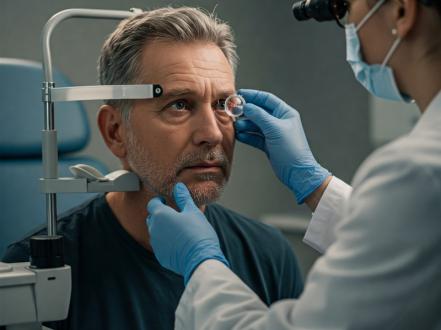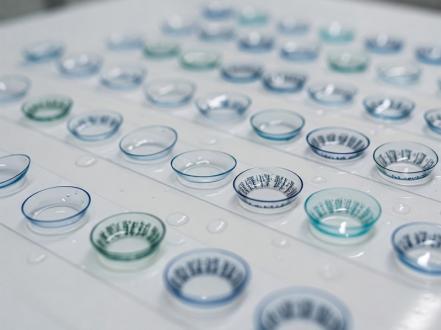Demodex: A Closer Look at the Microscopic Parasite
Demodicosis, informally known as a “mite infestation” is a skin condition caused by the excess growth of the microscopic mite, generally Demodex folliculorum or Demodex brevis. Naturally present on the human skin, these mites are mostly harmless; however, in certain circumstances, an overpopulation can lead to serious skin inflammation or infection.
Demodicosis usually affects areas rich in sebaceous or oil glands, including the face, chest, and upper back. On the other hand, in pets, especially dogs, demodicosis may manifest as localized or generalized skin eruptions and even lead to severe health issues if not controlled timely.Demodex is a genus of tiny parasitic mites that live in or near the hair follicles of mammals. Of the 65 known species, two are known to inhabit the human body: Demodex folliculorum and Demodex brevis. These arachnids, invisible to the naked eye, are ubiquitous and considered a normal part of the skin's microflora. They are typically harmless but can trigger or exacerbate skin conditions when they proliferate excessively.
But how do you find out if you or your pet is suffering from this skin condition? Here are the common symptoms and causes for demodicosis.
Demodex (Demodicosis) Symptoms and Causes
In humans, demodicosis often appears as rosacea-like symptoms presented as erythema (redness), telangiectasia (visible blood vessels), and potentially a burning sensation. Other symptoms include pustules, itching, altered skin texture, and loss of eyelashes in ocular demodicosis.
In dogs, symptoms usually manifest as hair loss, reddened skin, scaly patches, and secondary bacterial skin infections. In severe cases, generalized demodicosis can lead to fever, loss of appetite, or lethargy.
For the causes, it primarily lies in the escalated multiplication of these microscopic mites. The overpopulation typically occurs when the body's immune system is weakened or compromised due to stress, illness, age, malnutrition, or harsh skincare products. Another cause can be direct skin-to-skin contact with an infected person or pet.
Demodex Treatment
Once you are diagnosed with demodicosis, the treatment varies depending on its severity and location on the body.
In humans, topical creams or gels containing ingredients such as metronidazole, azelaic acid, permethrin, or ivermectin are commonly prescribed. In ocular and severe demodicosis cases, an oral intake of ivermectin may be recommended. However, it is utmost essential to seek a doctor's advice for guidance regarding the treatment. Additionally, maintaining good skincare routines, using mild and natural products, and taking steps to boost immunity may help prevent this condition.
For our canine friends, treatment usually starts with topical or oral medication recommended by a veterinarian, moving up to more aggressive treatments (like an injectable medication) if the disease is severe or does not respond to initial treatments. In addition to medical treatments, special shampoos and rinses are often recommended to reduce itchiness and secondary infections. Lastly, boosting the dog's immune system through nutrition and exercising can help in speeding up the recovery.
Maintaining good skin hygiene, including regular cleaning of the face with a non-irritating cleanser, can help control the mite population. Moreover, it's vital to avoid using oil-based makeup or skin products, as they can provide an ideal breeding environment for the mites.

















